In the Teaching Module “Macro UX”, we MA User Experience Design students started to work with external partners for a 6-week long project: R/GA, Applied Works, Centre for Behaviour Change UCL and The Victoria and Albert Museum, London.
Macro Unit encouraged us to align our studio practices and research methods working on live briefs in a professional environment.
Brief
The project was 6-weeks long, with a mid-point review with the partner and a final presentation to show our project outcome. The project involved weekly tutorials by our tutor and reviews by our class.
Overview
The project started with a presentation from Jack Craig, Digital Design Lead of V&A Museum, and he took us through how online collections are at present and the challenges they are facing currently. He took us through the database of the group of objects from V&A’s Collection to get a more clear picture. He also stated the mission of V&A, which is to bring together the V&A objects and stories to inspire people to develop their creativity, understand and research over 1 million eclectic objects.
Screen Capture from V&A Presentation by Jack
He gave us few thinking pointers to start our project with a kickstart of
HOW MIGHT WE?
How might we better communicate the scale, range and tactility of the V&A’s collections digitally?
How can we help people find a personal connection amongst the breath on offer?
How might we open up the collections to different interpretations?
How might we let users curate their own pathways and see objects in different contexts?
How might we use the collections to encourage makers and making?
Starting The Project
We were a team of eight students {} Manali Panchal, Ziyou Yin (Ines), Shiwen Shen (Svaney), Sanya Nayar, Max Hain, Sanjana Mehta, Jinsong Liu (Sylvester) working on the brief of the Victoria and Albert Museum. We were allowed to switch to more subgroup within this.
We all immediately got on the video call amongst us. I proposed to have a common first week of research altogether as this will help us gain all the possibility of directions to research and brainstorm our ideas.
We together collaborated through miro board and wrote down all the relevant research of Who are the people we are designing for?
Also we looked throught the existing V&A museum innovations and also other Museums all around world. Jack helped us by giving us few database of V&A which were really helpful for research.
While looking for examples and recent work of museums, i found An outstanding example of this is the newly launched “The Queen and the Crown” digital exhibit by Netflix and the Brooklyn Museum, made in collaboration with MediaMonks. The exhibit highlights costumes featured in both Netflix-original series The Queen’s Gambit and The Crown. We were amazed with the type of technology which is being used now days to get the embodied experience. Our minds were on a run throughout this week on what is happening currently and how we can make a visible change.
We also saw other museums offerings, tone of voices to reach people and different kind of services which they are providing to people in the pandemic time.
As our brief says to design a sensory experience to cater online audience, our minds were filling the gap of ideations between physical experiences on-site and online experiences.
I did a quick read from a book Museum Of The Future found from publication of MU.SA: MUSEUM SECTOR ALLIANCE. This read gave me many insights of where is the future of museum heading? I wrote down major keywords of future which could help me as a tool to generate ideations.
Sharing collections and spaces
Co-creating with people
Physical and digital dimensions more interconnected
Storytelling which people empathize
On the next blog post, I will describe how we decided to divide ourselves in subgroups and deciding a direction for the project and began our design research.
Research
MediaMonks (2021) Something Old, Something New: Virtualizing a Museum Visit with Netflix. [online] Available at: <https://www.mediamonks.com/blog/2020/11/something-old-something-new-virtualizing-a-museum-visit-with-netflix>
Axiell.com (2021) [online] Available at: <https://www.axiell.com/app/uploads/2019/04/digital-transformation-in-the-musuem-industry.pdf>
Smithsonian Institution. (2021) Best of Both Worlds. [online] Available at: <https://www.si.edu/BestofBothWorlds>
MuseumNext. (2021) Is the future of museums online and what might a virtual museum look like? - MuseumNext. [online] Available at: <https://www.museumnext.com/article/is-the-future-of-museums-online/>
Windross, T. and Windross, T., (2021) ASMR at the V&A – with Charlie Chaplin's hat • V&A Blog. [online] V&A Blog. Available at: <https://www.vam.ac.uk/blog/digital/asmr-at-the-va-with-charlie-chaplins-hat>





























































